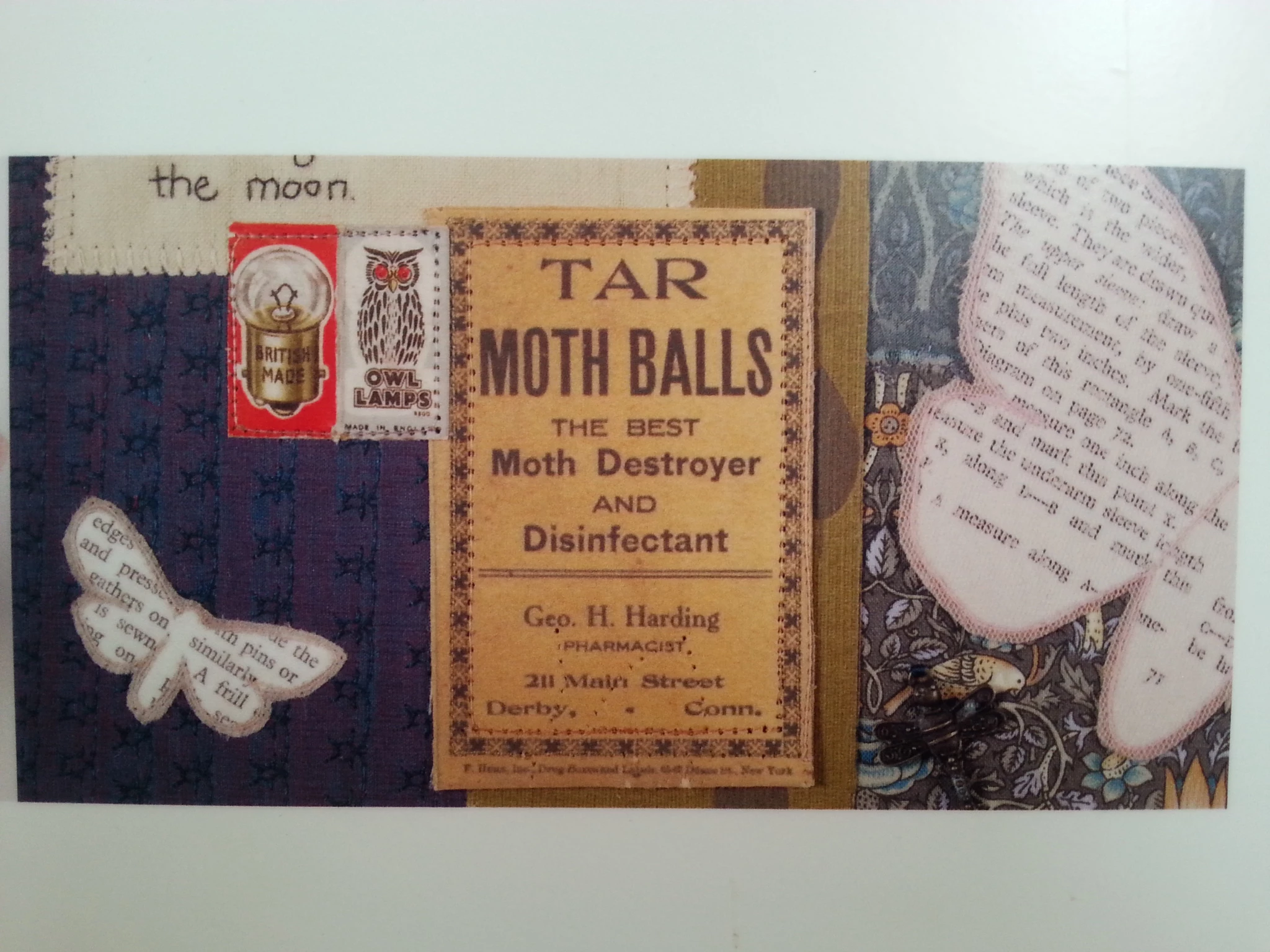Pest Management at National Museum Cardiff
, 9 December 2014
Insects love eating dead things. In nature, they are important decomposers. But in museums (and in your house) they can be a right old nuisance. Museums - who look after and preserve your heritage - need to keep a constant watchful eye on their collections; sometimes, this work hits the news, such as last week at Bakewell Old House Museum in Derbyshire.
Museum collections contain a lot of dead things. Wood is eaten by the larvae of furniture beetles (woodworm) who create very attractive tunnels; that is nice if you like tunnels, but not so good if you like that historic picture frame more than the tunnels inside it. Mould in archives and libraries provides a nice little food source for booklice. Carpet beetle larvae and clothes moth caterpillars aren’t fussy – they will eat wool, fur and feathers.
There is hardly a museum that does not have pest insects in its stores from time to time. These are the same insects you will find in your home. Your wardrobe at home is irresistible to moths. And did you ever have to throw away a bag of flower or cereal because it contained a healthy population of weevils or flour beetles? This is annoying, but you can easily buy a new pair of socks, or a new packet of flower. But can you imagine a WWI flag or a specimen of the extinct quagga being destroyed by moths? These are irreplaceable objects.
So insects like organic things. Parts of museum collections that are susceptible to insect infestations include entomology (yes, insects even love to eat insects!), taxidermy, botany, furniture, costume, shoe and library collections, and anything containing wood. It is often the larvae of insects that feed on organic objects. Insects also like not being disturbed. At home, you are more likely to find weevils in flour that is several months old than in a bag you bought last week.
To deal with an insect infestation does not mean fumigating the place with chemical insecticides; instead, it means not letting a problem get out of hand. It means regular checks and audits of the collections to spot any problems early. It means setting up pest traps around the entire building and checking them regularly. It means collecting data on insect activity across the site to spot patterns and relating them to particular problems, for example high humidity. It means setting up pest control zones with different restrictions in various parts of the building and a quarantine facility, which is something more and more museums are doing. It means good housekeeping: regular cleaning of stores, avoiding rubbish accumulating, putting specimens and objects safely away immediately after using them. And should any infestations be spotted we kill insects usually by freezing the object rather than using chemicals.
We are not quite "waging war on hungry bugs"; our approach to dealing with insect pests is called “Integrated Pest Management” (IPM). A couple of years ago the BBC made a helpful programme on this: What's eating the museum?, featuring museum pest management specialist David Pinniger. Work on this at National Museum Cardiff has only just started but IPM will receive a lot of attention in the next couple of years. Because of its general interest, pest management at the museum is also an area where we will involve the public through workshops, exhibitions and volunteer programmes. It will help us keep safe the collections we care for on behalf of the people of Wales while giving everyone an opportunity to learn about the fascinating world of insects.


